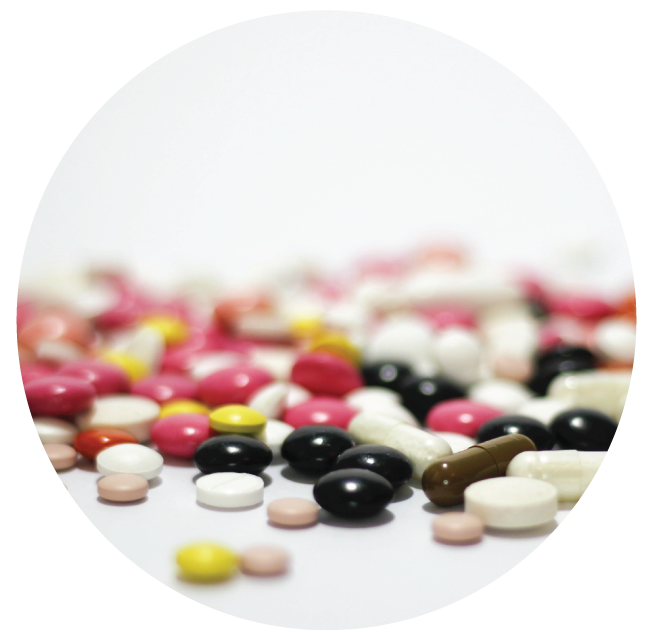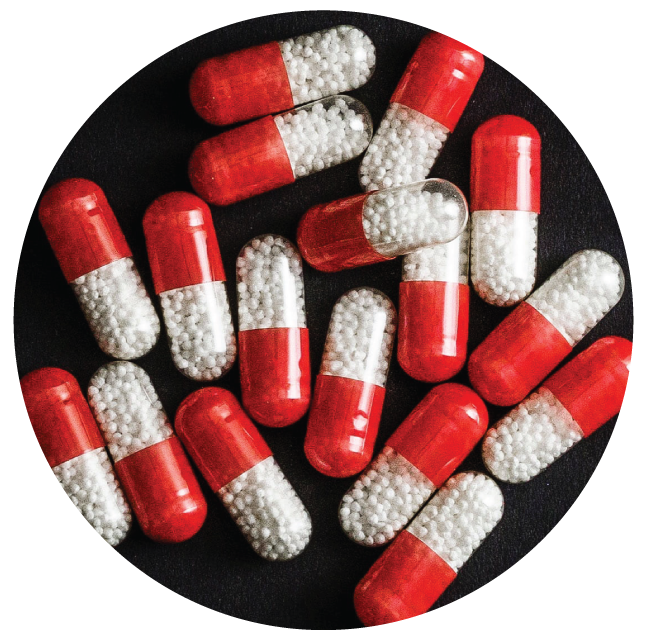
FAST FACTS: Opioid Side Effects (Adverse Effects)
Side effects of common medication pain treatments can limit good pain control, especially in older adults who are physically vulnerable. 
General Information:
Overview of Common Adverse Effects to Opioid Pain Medication:
References:
|
Revised January 2022

